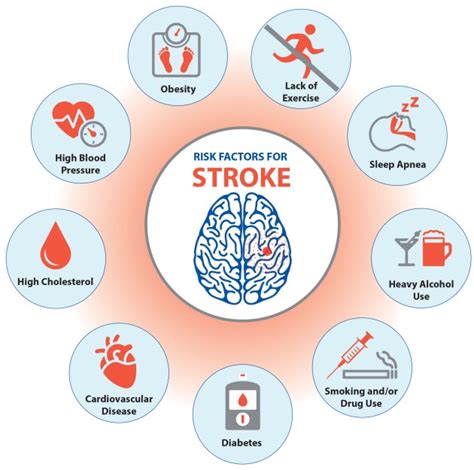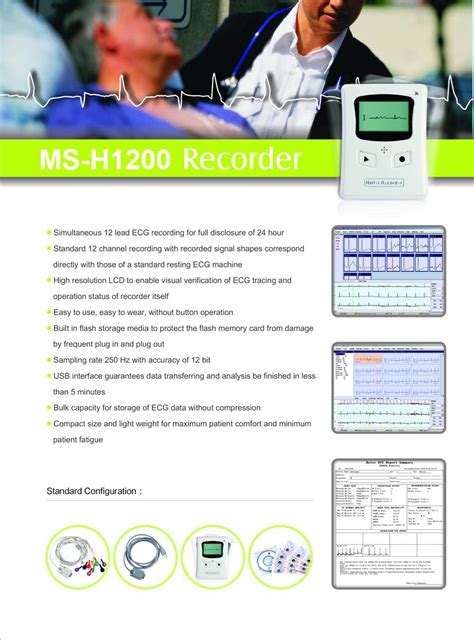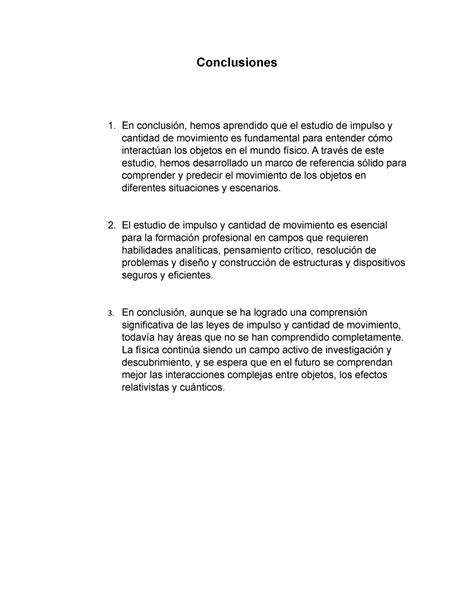Intro
Learn 5 ways to prevent stroke, reducing risk with lifestyle changes, blood pressure control, and healthy habits, to minimize stroke symptoms and promote overall cardiovascular health and wellness.
Preventing a stroke is crucial for maintaining a healthy and fulfilling life. A stroke can have devastating effects on an individual's quality of life, causing permanent damage, disability, or even death. However, by incorporating simple yet effective lifestyle changes and medical interventions, individuals can significantly reduce their risk of experiencing a stroke. This article will delve into the importance of stroke prevention, exploring the various methods and strategies that can be employed to minimize the likelihood of a stroke occurring.
Stroke is a leading cause of death and disability worldwide, affecting millions of people each year. The condition occurs when the blood supply to the brain is interrupted, either due to a blockage or a rupture of the blood vessels. This interruption can lead to brain tissue damage, resulting in a range of symptoms, including weakness, numbness, and difficulty with speech and vision. Given the severe consequences of a stroke, it is essential to take proactive measures to prevent its occurrence.
The good news is that many strokes can be prevented by making informed lifestyle choices and managing underlying health conditions. By understanding the risk factors associated with stroke, individuals can take targeted steps to mitigate their likelihood of experiencing a stroke. This includes maintaining a healthy diet, engaging in regular physical activity, managing stress, and avoiding harmful substances such as tobacco and excessive alcohol. Additionally, individuals with pre-existing medical conditions, such as hypertension, diabetes, and high cholesterol, must work closely with their healthcare providers to manage these conditions effectively.
Understanding Stroke Risk Factors

Understanding the risk factors associated with stroke is crucial for developing effective prevention strategies. Some of the most significant risk factors include high blood pressure, diabetes, high cholesterol, obesity, and a family history of stroke. Other factors, such as age, gender, and ethnicity, can also play a role in determining an individual's stroke risk. By identifying and addressing these risk factors, individuals can significantly reduce their likelihood of experiencing a stroke.
Modifiable Risk Factors
Modifiable risk factors are those that can be changed or managed through lifestyle interventions or medical treatment. These include: * High blood pressure: Managing blood pressure through medication, diet, and lifestyle changes can significantly reduce stroke risk. * Diabetes: Controlling blood sugar levels through medication, diet, and exercise can help mitigate the risk of stroke. * High cholesterol: Managing cholesterol levels through diet, exercise, and medication can reduce the risk of stroke. * Obesity: Maintaining a healthy weight through diet and exercise can reduce the risk of stroke. * Smoking: Quitting smoking can significantly reduce the risk of stroke.Lifestyle Changes for Stroke Prevention

Incorporating healthy lifestyle changes is essential for preventing stroke. Some of the most effective lifestyle changes include:
- Engaging in regular physical activity: Exercise can help manage blood pressure, improve circulation, and reduce the risk of stroke.
- Maintaining a healthy diet: Eating a balanced diet rich in fruits, vegetables, whole grains, and lean proteins can help manage blood pressure, cholesterol, and blood sugar levels.
- Managing stress: Engaging in stress-reducing activities, such as meditation or yoga, can help mitigate the risk of stroke.
- Getting enough sleep: Aim for 7-8 hours of sleep per night to help regulate blood pressure and reduce the risk of stroke.
- Avoiding harmful substances: Quitting smoking and limiting alcohol consumption can significantly reduce the risk of stroke.
Dietary Changes for Stroke Prevention
Dietary changes can play a significant role in preventing stroke. Some of the most effective dietary changes include: * Increasing fruit and vegetable consumption: Aim for at least 5 servings per day to help manage blood pressure and cholesterol levels. * Incorporating whole grains: Whole grains, such as brown rice, quinoa, and whole-wheat bread, can help regulate blood sugar levels and reduce the risk of stroke. * Reducing sodium intake: Limit sodium consumption to less than 2,300 milligrams per day to help manage blood pressure. * Increasing potassium intake: Potassium-rich foods, such as bananas, leafy greens, and sweet potatoes, can help lower blood pressure and reduce the risk of stroke.Medical Interventions for Stroke Prevention

In addition to lifestyle changes, medical interventions can also play a crucial role in preventing stroke. Some of the most effective medical interventions include:
- Medications: Medications, such as blood thinners, can help manage blood pressure, cholesterol, and blood sugar levels, reducing the risk of stroke.
- Surgery: In some cases, surgery may be necessary to remove blockages or repair damaged blood vessels.
- Carotid endarterectomy: This surgical procedure involves removing plaque buildup in the carotid arteries to reduce the risk of stroke.
Aspirin Therapy for Stroke Prevention
Aspirin therapy can be an effective medical intervention for preventing stroke. Aspirin works by preventing blood clots from forming, reducing the risk of stroke. However, aspirin therapy should only be undertaken under the guidance of a healthcare provider, as it may not be suitable for everyone.Monitoring and Managing Underlying Health Conditions

Monitoring and managing underlying health conditions is crucial for preventing stroke. Some of the most important health conditions to manage include:
- High blood pressure: Regularly monitoring blood pressure and working with a healthcare provider to manage it can significantly reduce the risk of stroke.
- Diabetes: Managing blood sugar levels through medication, diet, and exercise can help mitigate the risk of stroke.
- High cholesterol: Regularly monitoring cholesterol levels and working with a healthcare provider to manage them can reduce the risk of stroke.
Regular Health Check-Ups
Regular health check-ups are essential for monitoring and managing underlying health conditions. These check-ups can help identify potential risk factors and allow for early intervention, reducing the likelihood of a stroke occurring.Conclusion and Next Steps

In conclusion, preventing stroke requires a multi-faceted approach that incorporates lifestyle changes, medical interventions, and monitoring and managing underlying health conditions. By understanding the risk factors associated with stroke and taking proactive steps to mitigate them, individuals can significantly reduce their likelihood of experiencing a stroke. It is essential to work closely with a healthcare provider to develop a personalized prevention plan, as they can provide guidance and support throughout the process.
We invite you to share your thoughts and experiences on stroke prevention in the comments below. If you have any questions or concerns, please do not hesitate to reach out. Additionally, we encourage you to share this article with friends and family members who may be at risk of stroke, as education and awareness are key to preventing this devastating condition.
What are the most significant risk factors for stroke?
+The most significant risk factors for stroke include high blood pressure, diabetes, high cholesterol, obesity, and a family history of stroke.
How can I reduce my risk of stroke through lifestyle changes?
+Lifestyle changes, such as engaging in regular physical activity, maintaining a healthy diet, managing stress, and avoiding harmful substances, can significantly reduce the risk of stroke.
What medical interventions are available for stroke prevention?
+Medical interventions, such as medications, surgery, and carotid endarterectomy, can be effective in preventing stroke. Aspirin therapy may also be recommended for some individuals.
